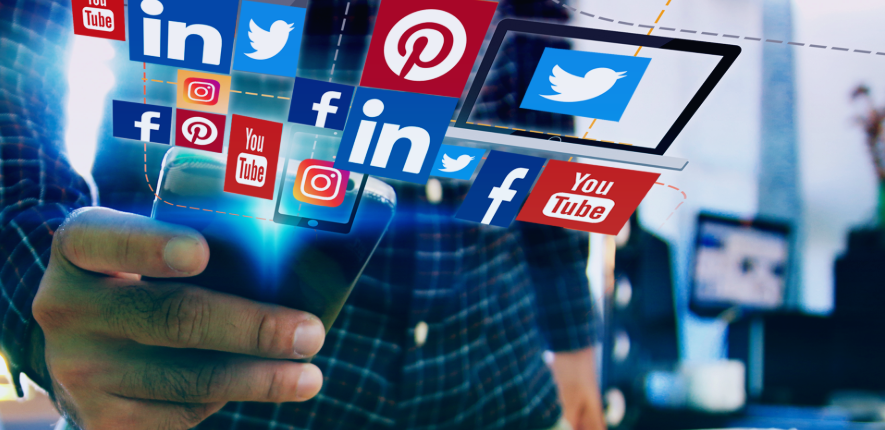Today, “polarization” is bandied about so liberally that it begins to sound like just another slogan. But it’s not limited to politics or the headlines. It’s insinuating its way into our day-to-day relationships, conditioning the way we perceive each other, and impacting whether or not we’re able to connect and work together, even with the people we’re closest to. In a world where online platforms have become a key aspect of how we connect, it is more crucial than ever to understand their role in solidifying divisions.

How Technology Amplifies Division and Distrust
Social media sites such as Facebook, Twitter (now named X), and YouTube have totally shifted the way we interact with information and with one another. On the surface, they keep us in touch. But in the background, the algorithms that drive these platforms are frequently programmed to keep us interested, not educated. And what interests people? Material that evokes strong feelings such as anger, fear, or outrage.
Studies by NYU’s Center for Business and Human Rights concluded that although tech platforms are not the cause of polarization, they certainly drive it. The longer individuals use platforms where sensational, partisan content swamps their feeds, the more polarized their perspectives become. In one study, individuals who were banned from Facebook for a month became less politically polarized—a clear sign of how online environments can influence our minds.
Even Facebook’s internal studies have recognized this phenomenon. These sites tend to build online echo chambers in which individuals are continually exposed to perspectives that support their own and demonize opposing ones. The more time passes, the more difficult it is to consider individuals who disagree with us as anything but enemies.
Real-World Consequences: Trust, Tension, and Disconnection
It’s easy to imagine polarization as some kind of “big picture” issue that doesn’t touch our day-to-day lives—but the reality is, it does. The more fragmented our online communities are, the more you see that fragmentation bleed over into our everyday interactions. Institutions, media, even our neighbors: trust in all of these has been eroded. Discussions about the news with friends or relatives can sometimes feel like walking on eggs. Others steer clear of those conversations entirely to maintain peace or because they fear retaliation.
It’s not the first time America has experienced division, but the velocity and ferocity with which it’s spreading—partly thanks to social media—is new. When facts become a matter for dispute and disagreement crosses into distrust, it erodes the social fabric that knits communities together. It becomes more difficult to work together, to sympathize, or even to hear one another out.
Who’s Working to Bridge the Divide?
The better news? Numerous organizations are rising to the challenge of rebuilding trust, promoting dialogue, and educating people how to communicate across differences.
Civic Spirit, for instance, collaborates with schools and religious communities to enhance civic education and foster respectful dialogue between students of differing backgrounds. The Interfaith Alliance offers resources to candidates and voters alike to promote conversation and discourage the politicization of religion.
At colleges and universities, Interfaith Youth Core (now Interfaith America) unites students to learn about and explore varied viewpoints through training, narrative, and shared service. And while that’s going on, the Pluralism Project at Harvard University studies what makes effective interfaith engagement happen and conveys those lessons to educators, community leaders, and institutions.
There is also State of Formation, an online community for new religious and ethical leaders. It provides a forum for fresh voices to have their say, based on experience, scholarship, and service. Though each effort has its strategy, they share one thing in common: the desire to believe that genuine dialogue and human relationships can cure even profound divisions.
Why Dialogue Matters More Than Ever
Bridging divides doesn’t mean we have to agree on everything. It’s not about silencing differences or pretending they don’t matter. What it does mean is being willing to show up—to listen, to ask questions, and to engage with curiosity instead of judgment.
Whether it’s through formal programs or simply reaching out to someone with a different point of view, small acts of connection add up. They remind us that behind every opinion is a person with a story. And that real change—lasting, human change—starts not with algorithms or arguments, but with empathy and mutual respect.
In an era where division seems the default, all of this work provides something we all want: hope. Hope that we can regain our trust, make our communities stronger, and remember how to work together—even when we disagree.
